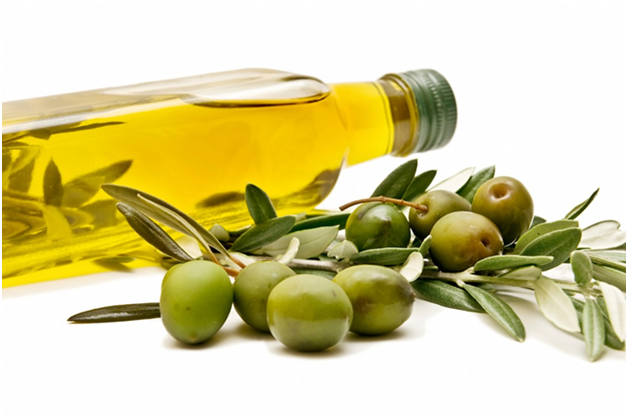Infusing oils is a great way to add extra flavor or aroma. Often, you’ll even have the herbs or spices in your kitchen already. Infused oils make a great gift for any occasion, as they last long and have a variety of uses, from sautéing to salad dressing or as dipping oil with artisan bread. Here are a few tips for how to quickly and easily make your own infused oils at home.
In general, you will need a funnel, a blender, an oven-safe bowl or dish, a strainer, cheesecloth, and glass bottles with corks or lids.

When it comes time to choose the oil, you have options. Olive oil is a popular choice, as it complements a wide variety of herbal flavors and its strong taste comes through, even after infusion. If you want the ingredients to take the spotlight, and not be overpowered by the oil, opt for a neutral oil like cottonseed.
Now for the fun part—choosing your flavoring. You can make aromatic or spicy oil, citrus or nutty. There are so many options, and playing around with ingredients is part of the fun. In general, you will need about two tablespoons of flavoring per cup of oil, but that two tablespoons can be a blend of whatever you like.
If you’re going to infuse your oil with spice, you can use either whole or ground, though if you use ground you should grind them at home for the freshest flavor. Cottonseed oil is great for spicy infusions because it lets the heat shine without changing the flavor. Curry and chili infused cottonseed oil are popular infusions for this reason. To begin, Heat the oil and spice together in a medium saucepan for five minutes, until it starts to bubble, and then remove it from the heat. Next, use a mesh strainer lined with cheesecloth to strain the liquid into a bottle.
For herbal infused oils, the steps are about the same, though you should always use fresh herbs, as the flavor is stronger and also results in a brighter, prettier colored oil. If you’re using cilantro, basil, or other soft herbs, it’s a good idea to blanch them first to keep their color. Herbs like rosemary, thyme, and other woody herbs don’t need to be blanched. Now, like with spice infusions, heat the herbs with the oil for about five minutes or until bubbling, then remove from heat, cool, and strain into a bottle. Because of natural flavor pairings, olive oil is commonly used with basil and other soft herbs.
Aromatics, like garlic, make great oil infusions and are wonderful for dipping sauces or to add extra flavor to your cooking. Garlic can be infused whole, while onions and larger items should be cut into rings or halves. Before continuing with the previously outlined infusing steps, you might want to roast your aromatics for a few minutes to help them release their flavors. Then, cook them in a saucepan with the oil for five minutes, cool, and strain. Usually, in aromatic oils it is important that the flavor and fragrance shine through, which is why cottonseed oil, avocado oil, and other neutral oils are commonly used.
Infused oils look great on your shelf and taste even better in your cooking, and because they’re so easy to make you can experiment until you come up with your own favorite recipe.



